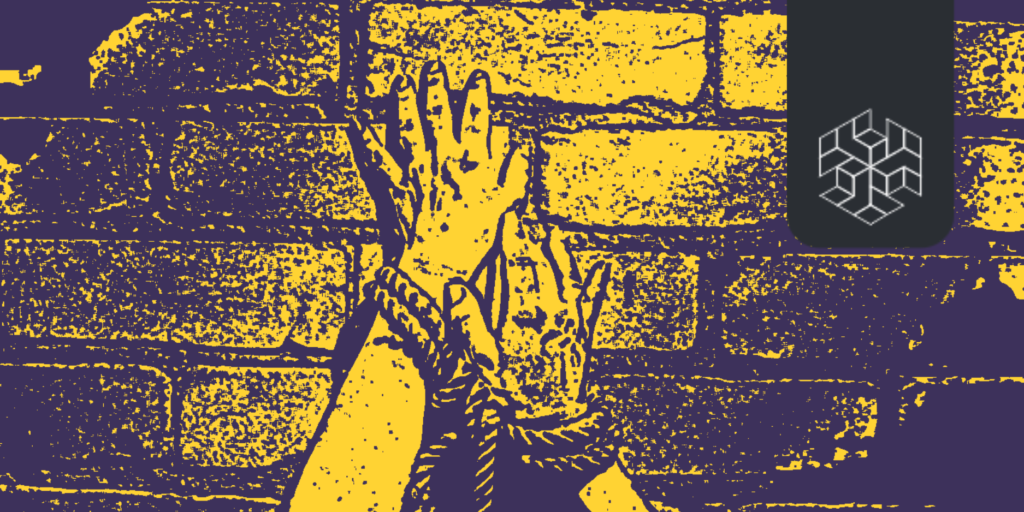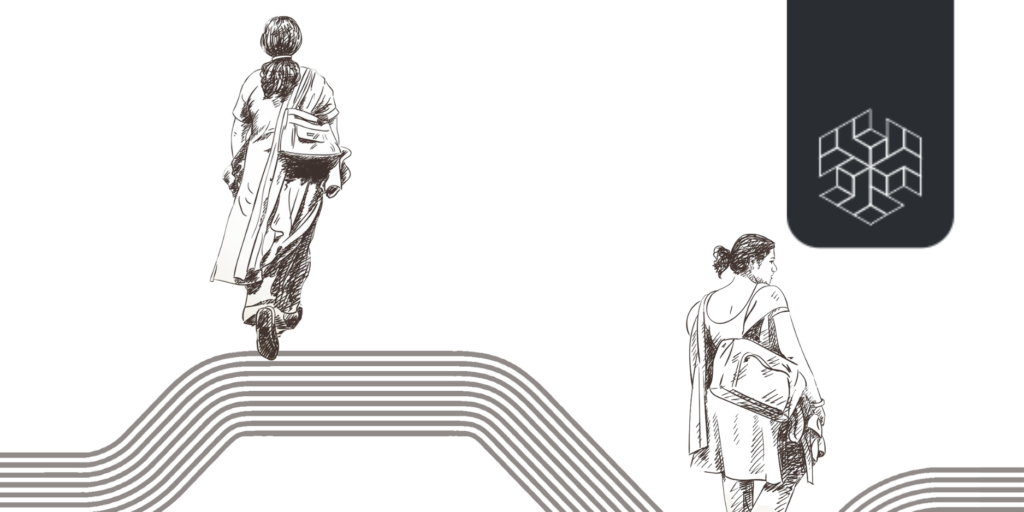Author: Natasha Singh
Editors: Riya Singh Rathore and Ritwiz Sarma
ABSTRACT
This article seeks to identify the scale at which cyber crimes and cyberattacks are increasing in India by taking women and children as the focus group. India’s cyberspace is expanding faster than ever before, especially in the context of the COVID-19 pandemic. People have started using the internet as a source of entertainment, work, education, and socialisation. However, with increased use, the risk of cyberattacks and cyber crimes has also increased manifold. Women and children make up a sizable proportion of the active internet user base of the country. They are also more invested in this platform due to the information they regularly share on it. This piece also tries to understand and evaluate cyberattack complaints, investigation mechanisms, and how the absence of a proper law on cybersecurity leaves gaps for attackers. This piece concludes with an analysis of the existing laws and policies in this context and presents some recommendations to improve India’s cybersecurity.
Keywords: Cybercrimes, women’s safety, children’s safety, internet safety, cyberspace
INTRODUCTION
The World Economic Forum [WEF] (2022), in its Global Risks Report, declared cybersecurity, or protection against criminal or unauthorised use of electronic data, as one of its top three concerns globally. With the onset of the COVID-19 pandemic and the subsequent uptick in work-from-home setups and online education, the ambit of the digital world transcended from IT companies and complex government databases to every household. The total number of internet users amounted to 82.53 crores in the country in 2021, from just 68.76 crores in 2019 (Telecom Regulatory Authority of India [TRAI], 2021). As the number of internet users in India increased by 4.7 crores (8.2%) between 2020 and 2021 (Pinto, 2020), so did the threats to India’s cybersecurity. In such a setting, women and children are at a greater risk of exploitation because of their increased exposure, the lockdown-induced creation of new online mediums, and the lack of an efficient complaint mechanism. Therefore, with about 42% of women (Kemp, 2021) and children between 5-11 years accounting for the 15% of active internet users of the country (The Hindu Bureau, 2019), it is time that we analyse their security in the vast cyberspace.



